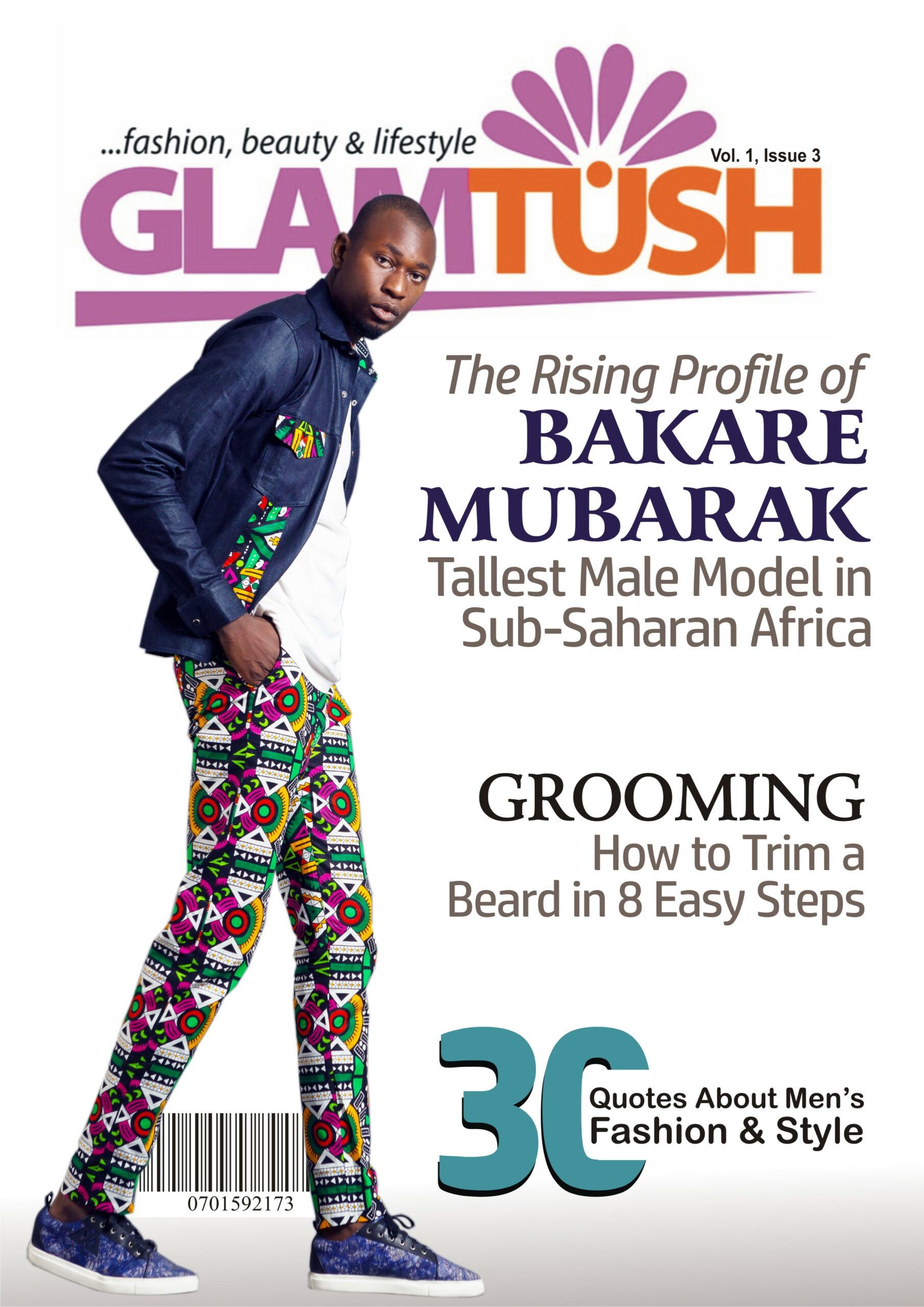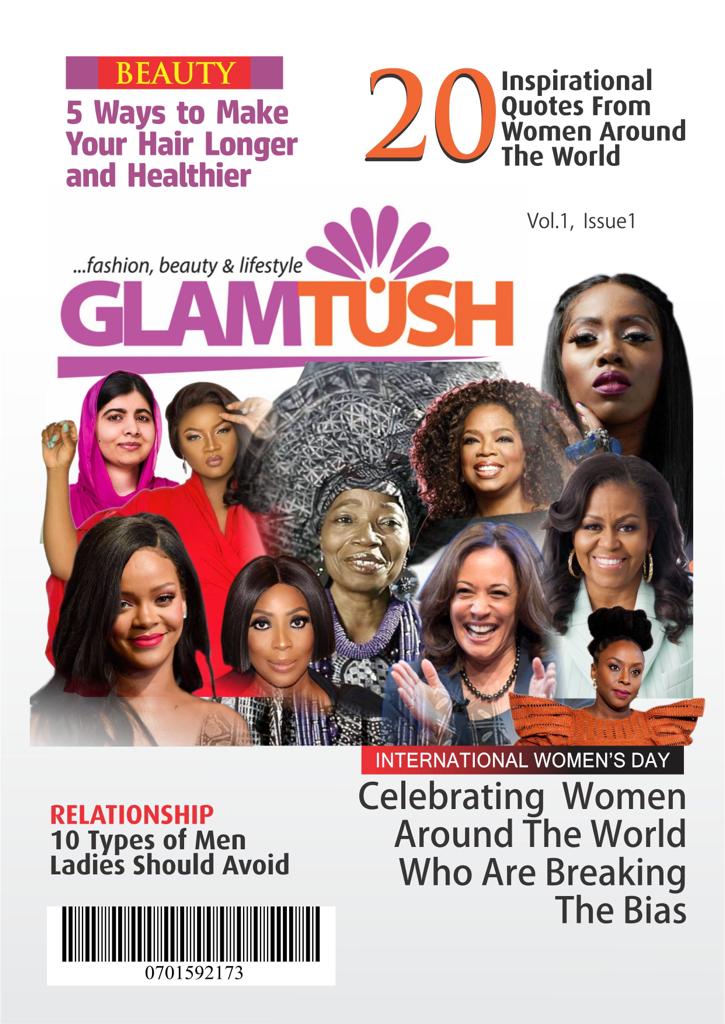Almost all posture braces work by pulling your shoulders back and improving your posture. Even though forward rounding of shoulders is a sign of bad posture, there are other sources of discomfort.
The causes of poor posture typically include forward-facing head carriage, rounded shoulders, and pelvic tilting. Poor posture is a result of bad posture and is impacted by posture braces only on the shoulders.
A shoulder wrap is considered beneficial, as supporting in a variety of ways after an injury. Compression of surrounding tissues and skin is also included among the benefits of shoulder support. Besides protecting the skin, neoprene braces are also claimed to protect the superficial tendons due to their thickness. In addition, some braces which limit the range of motion of a limb may decrease the risk of dislocation by not allowing the shoulder to move into a vulnerable area. The brace may also have some placebo effect to feel more confident and invincible just because they are worn.
- Support
Following an injury, supporting the injured limb can be very helpful and speed up the recovery process. There are several cases where people use a shoulder wrap to compress swollen joints and aid in inflammation recovery. Injured muscles can also be supported by braces, allowing them to rest and recover more quickly. The ideal brace should have a close fit and be available in several sizes on both sides to ensure a snug fit. Custom braces can provide more support because they are tailored to the wearer’s specific needs.
- Compression
By sending information about the position of your shoulder to your brain when your shoulder is compressed, you may enhance your skin’s receptors. Some studies support the idea that people with instability in their shoulders (such as subluxations or dislocations) have a decreased sense of awareness of their unstable shoulders. A person’s proprioception is their awareness of how their body is moving. It includes knowing how their arm is placed, how much force they are applying, and how well they are coordinated with other muscles.
A brace has also been shown to improve proprioception in unstable shoulders, according to other research. Based on these theories, wearing a brace increases compression on the nerve endings in the skin, causing beneficial effects. Skin receptors can compensate for damaged ones in the shoulder capsule or muscle when this occurs.
- Protection
Wearing a neoprene brace can also provide skin protection. Wearing a brace can protect the skin and superficial tendons in the shoulder from bumps and knocks because many tendons are pretty superficial. A shoulder brace may also limit the range of motion that the shoulder can move into, thereby decreasing the risk of dislocation. Almost all dislocations occur anteriorly, and most of them occur with the arm bent away from the body and turned outward. These dislocations cause damage to glenohumeral ligaments and labrum (the cartilage that increases shoulder strength).
According to some professionals, people will have fewer chances of experiencing a second dislocation if their range of motion is limited. Perfect motion braces are unique because they allow wearers to place their arms forward and front without letting them go in unsafe positions. The players can still perform overhead movements but are not allowed to move into risky situations.
- Strengthening
Wearing a shoulder brace can also strengthen the shoulder. The neoprene straps of some braces offer more resistance as they are stretched. The muscles have to work harder every time the arm is moved to hold the straps.
Wrapping-Up
There are many reasons why wearing a shoulder brace may be beneficial. Early on, when an injury has occurred, they can provide support and protection to help with healing. The purpose of using a shoulder brace later in the rehabilitation process is to increase proprioception and muscle control, limit the likelihood of further injury, strengthen the shoulder muscles, and limit the range of motion.


























